The diagnosis of mental health illnesses, such as anxiety and depression, can be challenging for healthcare professionals. Although the DSM-5 has specific criteria for making these diagnoses, no two cases are the same and each patient will present with a unique set of symptoms. The variable nature of mental illness…
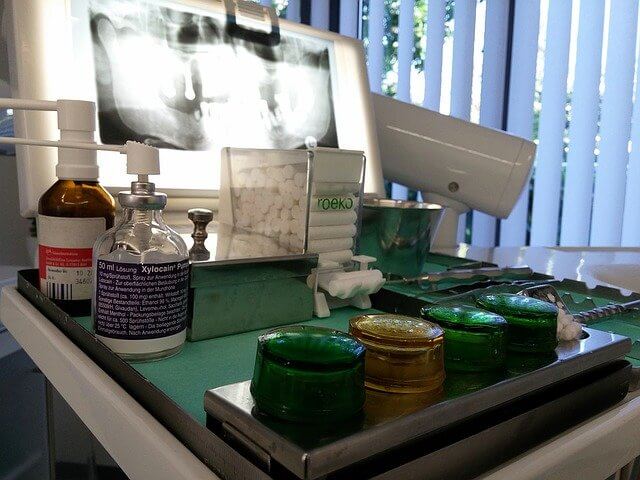
What Happens If A Tooth Filling Falls Out?
Modern tooth fillings are made with material that is actually harder than the tooth they fill. However, many people are still walking about with older amalgam fillings that are not exactly permanent. It’s very common for these fillings to fall out at some point. When this happens, the inside of…

Ober’s Test
Tensor fascial latae (TFL) originates from the anterior superior iliac spine (ASIS) outer surface, outer lip of anterior iliac crest and deep surface of fascia latae, continues down in thigh as Iliotibial band (ITB) and inserts to the ipsilateral Gerdy’s tubercle. TFL plays role in flexion, medial rotation and abduction…

What hormones make it difficult to lose weight?
Many people want to lose weight for various reasons, whether it is to have more energy, obtain a specific look, or live a healthier lifestyle. Most pay attention to only numbers on a scale, nutritional values, and calorie averages, yet do not see the results they want. Sometimes, the hormonal…
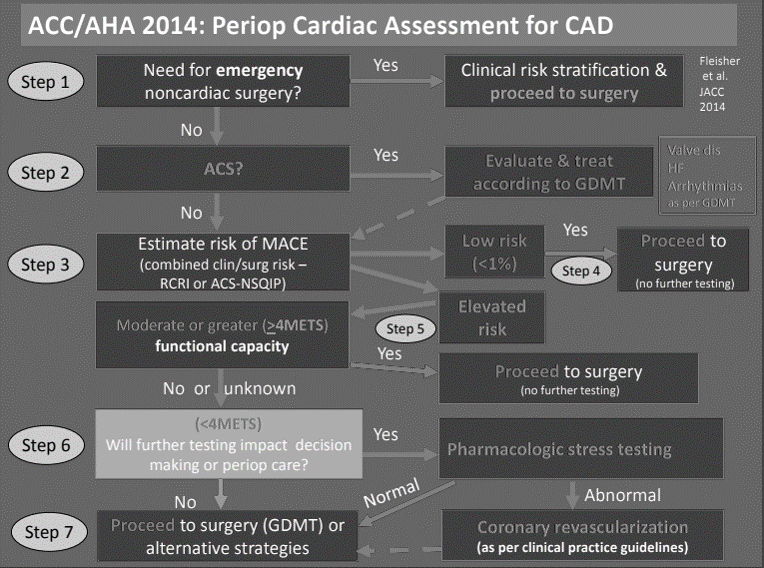
Preoperative Cardiac Evaluation in Non-cardiac Surgery : Mnemonic
Besides, for the emergency/urgent surgeries, one needs to evaluate 4 variables in the preoperative cardiac evaluation of the patient for the non-cardiac surgery. We have elaborated the mnemonics used by CasesBlog. These variables can be remembered by the mnemonic PAST. Patient risk Activity level (METs) Surgical risk Test (Stress test)…
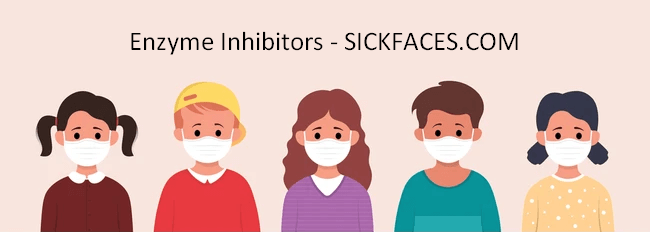
Enzyme Inducers and Inhibitors : Mnemonic
Cytochrome P450 Inducers Mnemonic: SCRAP GP Sulfonylureas, Smoking Carbamazepine, Corticosteroids Rifamycins (Rifampicin, Rifabutin) Alcohol (Chronic) Phenytoin Griseofulvin Phenobarbital Cytochrome P450 Inhibitors Mnemonic 1: VIDEOCASE Valproate Isoniazid Disulfiram Erythromycin, Clarithromycin (not Azithromycin) Omeprazole Cimetidine Allopurinol Sulfonamides Ethanol (Acute) Mnemonic 2: SICKFACES.COM Sodium valproate Isoniazid Cimetidine Ketoconazole Fluconazole Alcohol (Acute) Chloramphenicol Erythromycin…
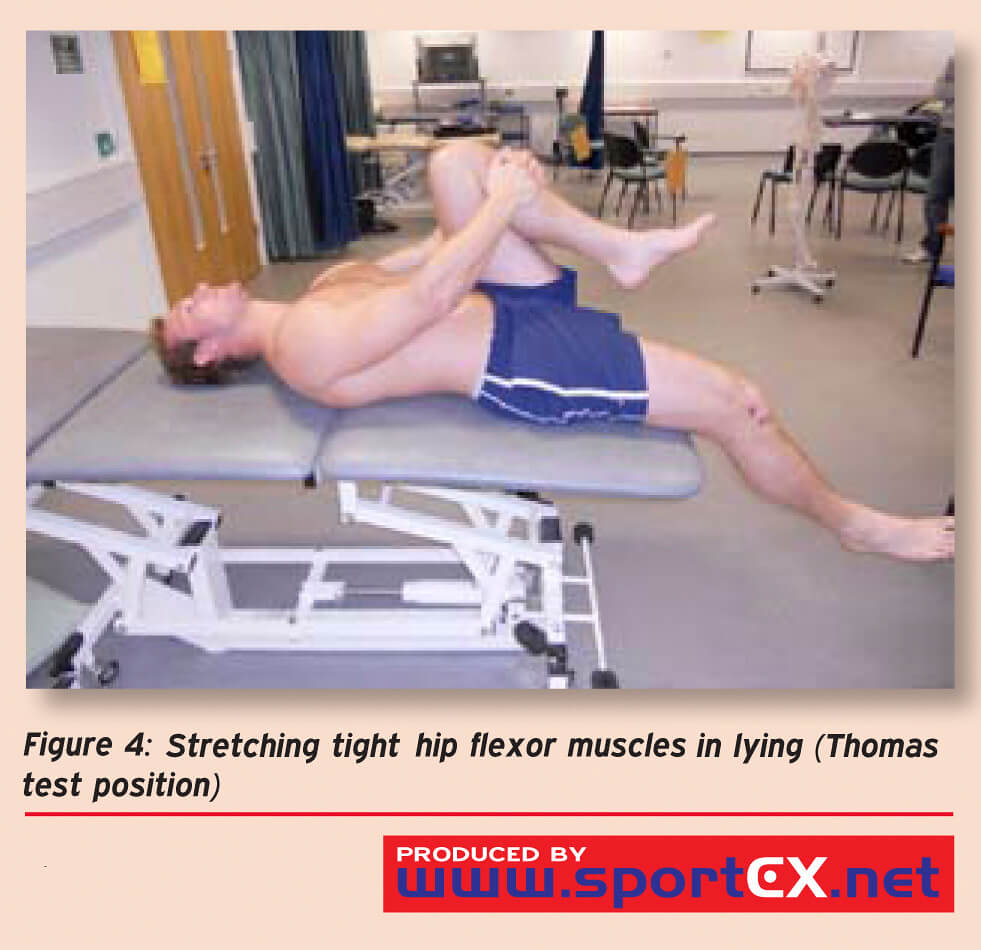
Thomas Test and Staheli Test
Thomas test Synonym: Hip flexion contracture test, Iliacus test, Iliopsoas test Fixed flexion deformity of the hip and anterior pelvic tilt leads to a compensatory hyperlordosis of the lumbar spine to restore the body’s center of gravity. Compensatory hyperlordosis can mask the fixed flexion deformity of hip. Thomas test: With…
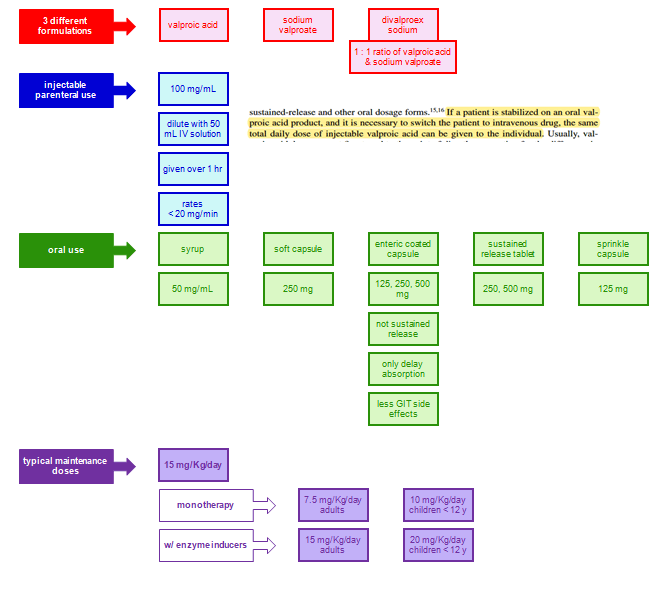
Valproic acid (Valproate) : Pharmacology
Dosage and Absorption VPA is absorbed through the small intestine, and delayed- and extended-release forms are designed to extend the dosage interval and bypass the stomach to reduce dyspepsia. The liquid and tablet forms have a more than 10-fold higher absorption rate constant than the extended-release forms and peak at…
